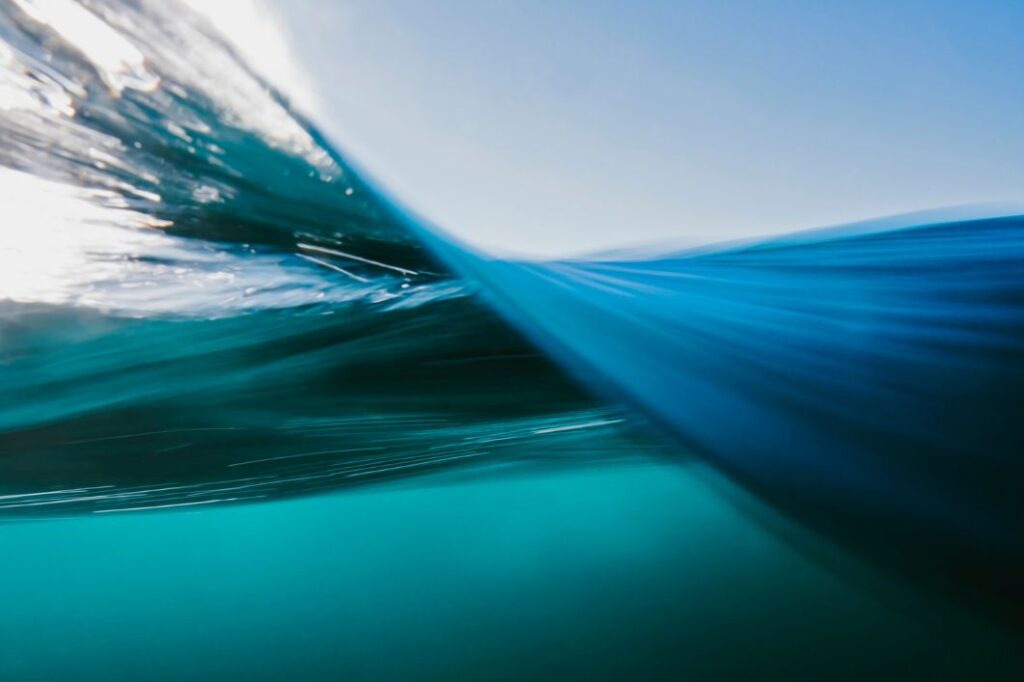Hi Everyone,
Doldrums.
I’ve always liked that word. It felt to me like a special, maybe even mythical place, and apparently to some degree it is. Doldrums is a nautical term that refers to the belt around the Earth near the equator where sailing ships sometimes get caught on windless waters. It is today more aptly known as the Inter-Tropical Convergence Zone. Well, that’s where I feel like I am on my current novel, The Fair Incognito.
No wind, but lots of steady rowing—one word at a time. I’ve always had a bit of trouble with Act II in my writing. I’m not sure why, but I find it is the “get your oar in the water” bit and “carry on.” Act I is usually easy going, as is Act III; not that elements of each don’t change later in the writing process. But Act II is another story, so to speak. Other writers often say the same thing, and even readers tell me that Act II can sometimes be the passage in a novel where they speed read. Hands up, guilty—I too have been known to scan the rising action (Act II) or what some call the “ever-worsening, problem after problem” section.
Sailors could not simply wish themselves out of their windless doldrums, except by chance or the odd puff. They found action, no matter how seemingly useless, to be required. To be fair, it is not that there is no wind at the equator, but rather that the winds are erratic. Some modern-day sailors write that the only way to escape the doldrums is to row until currents sweep you out.
That is the exact same solution to a (perhaps) tedious Act II. It is not that Act II is unexciting, for it can have its moments, insights, magic or “ah-has”, but it is definitely all about pacing. It must be said that most usually the rising action (midsection/Act II) is twice as long as the Intro and the Close, and that can feel daunting to a writer. For me at least, it does require, like in the case of those becalmed sailors, the odd undercurrent to propel me forward. That wave is made up of instances when pieces of the story (almost magically) slot into place, when a preconception is turned on its head or when the tale is niftier than its author.
Some sailors think doing nothing is the way out of the doldrums. In the past this has often come at a great cost: dehydration, starvation, death. While from time to time writing a novel requires a pause, sometimes even for a considerable period, stopping is not an option when working on Act II. Results might be disastrous. Act II might be tedious, plodding, because you know the story so well, but it is the bridge that must be carefully constructed between the problem at the end of Act I and the start of the solution in Act III. It is in truth the heart of the story.
So the month of May is here. Some might say that we are well into what might be considered Act II of 2024. I wish you happy rowing and good luck in finding that current that will carry you on to Act III of this year—a satisfying close.
Love,
